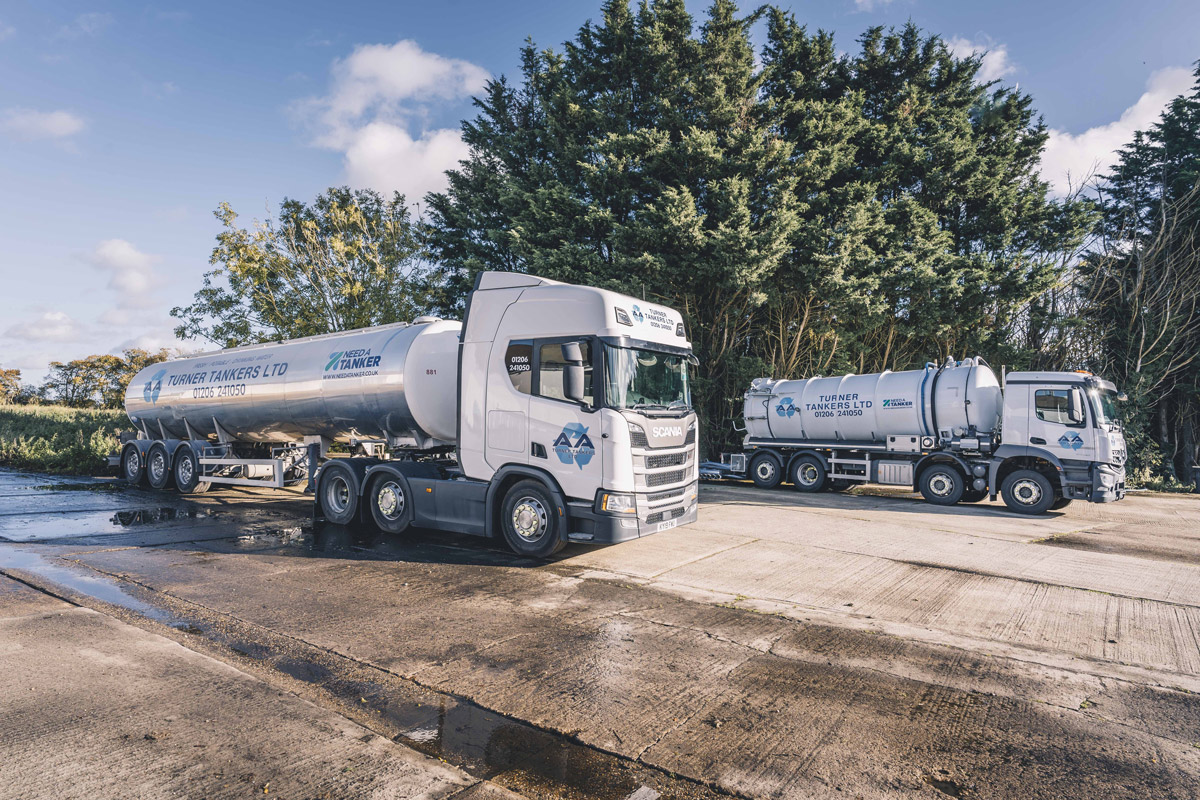The smart Trick of Reclaim Waste That Nobody is Talking About
The smart Trick of Reclaim Waste That Nobody is Talking About
Blog Article
Reclaim Waste Can Be Fun For Anyone
Table of ContentsThe Ultimate Guide To Reclaim WasteReclaim Waste Fundamentals ExplainedThe 15-Second Trick For Reclaim WasteThe Single Strategy To Use For Reclaim WasteUnknown Facts About Reclaim Waste
Domestic sewage waste refers to the waste and items from a domestic septic container. The proper administration and disposal of residential sewage waste need fluid waste to be transferred to a sewer treatment plant where the appropriate approaches and equipment are applied to detoxify and dispose of waste.
Commercial waste typically includes prospective threats, such as flammable products or a blend of fluid and strong waste products, and requires a much more innovative and comprehensive disposal procedure. The disposal of commercial waste usually entails the filtering of waste before transport to make certain risk-free and proper disposal. Hazardous waste is created from results and runoff of industrial processes and manufacturing.
This type of waste can not utilize the same sewage administration transport or processes as septic or commercial fluids. The hazardous waste monitoring process needs the evaluation and screening of liquid waste before it undertakes the disposal procedure (industrial wastewater treatment). Drainage waste is the fluid waste that comes from drainage and excess stormwater in extremely booming areas or cities
Runoff waste can create contamination and flooding if not managed appropriately. Guaranteeing proper waste monitoring can stop catastrophes and decrease ecological damage.
Reclaim Waste Can Be Fun For Anyone
Call PROS Services today to learn more about our waste administration and disposal solutions and the proper means to care for the liquid waste you generate.
(https://www.tumblr.com/reclaimwaste1/766851148823068673/at-reclaim-waste-were-a-national-solutions?source=share)Do you know what takes place to your water when you pull the plug, purge the commode or drain the cleaning maker? No? Well, it's worth recognizing. This so-called 'wastewater' is not just an important source but, after treatment, will certainly be released to our land, waterways or the ocean. Made use of water from bathrooms, showers, baths, kitchen sinks, washings and industrial processes is referred to as wastewater.

water utilized to cool equipment or tidy plant and devices). Stormwater, a kind of wastewater, is runoff that moves from agricultural and city areas such as roof coverings, parks, yards, roads, paths and seamless gutters right into stormwater drains, after rainfall. Stormwater flows neglected straight to local creeks or rivers, eventually reaching the sea.
5 Simple Techniques For Reclaim Waste
In Queensland, most wastewater is treated at sewage therapy plants. Wastewater is carried from domestic or industrial websites with a system of drains and pump terminals, called sewerage reticulation, to a sewage treatment plant. Local governments develop, preserve and operate most sewage treatment plants. Operators are licensed under the Environmental Protection Act 1994 to discharge treated wastewater at an acceptable environmental standard right into rivers.
The Division of Natural Resources encourages city governments regarding managing, operating and maintaining sewage systems and therapy plants. In unsewered locations, city governments may require owners to set up individual or household sewer treatment systems to treat residential wastewater from toilets, kitchens, shower rooms and washings. The Department of Natural Resources authorises using family systems when they are verified to be effective.
Most stormwater obtains no treatment. In some new communities, treatment of some stormwater to remove clutter, sand and gravel has actually started using gross toxin traps. Wastewater therapy happens in 4 stages: Gets rid of solid issue. Larger solids, such as plastics and various other items wrongly discharged to sewers, are eliminated when wastewater is gone through displays.
Wastewater then moves into big containers where solids work out and are removed as sludge. Grease and scum are skimmed from the surface area. Utilizes tiny living organisms called micro-organisms to break down and get rid of remaining dissolved wastes and great particles. Micro-organisms and wastes are integrated in the sludge. Gets rid of nitrogen and phosphorus nutrients that could trigger algal blossoms in our rivers and threaten water life.
Reclaim Waste Fundamentals Explained
Nutrient elimination is not readily available whatsoever sewer therapy plants since it calls for pricey specialized tools. It is coming to be more common in Queensland. Clear fluid effluent created after therapy might still consist of disease-causing micro-organisms. If this effluent is released into waterways such as rivers or the sea, the micro-organisms will eventually die out.

Many wastewater moves into the sewerage system. Under the Act, regional governments provide approvals and permits for environmentally pertinent tasks (Ages) involving wastewater launches that could have a regional influence.
The Best Strategy To Use For Reclaim Waste
Surveillance provides valid information about water quality and can confirm that licence conditions are being met. The information obtained through monitoring provides the basis weblink for making water quality decisions.
Report this page